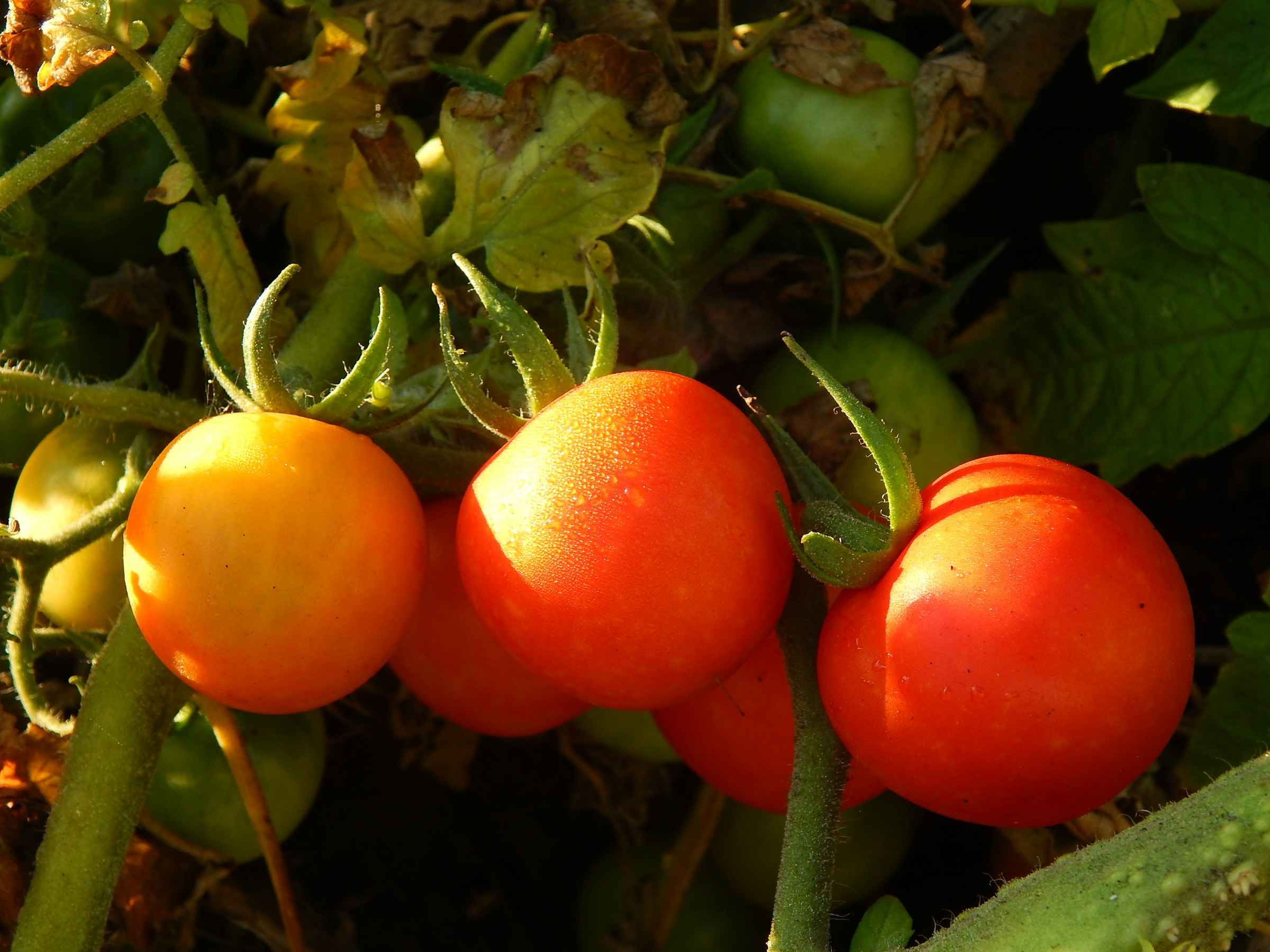Growing your own tomatoes inside is an appealing idea, especially if you’re a UK gardener contending with a climate that often presents challenges for tomato growers. Cultivating tomato plants indoors allows you to extend the growing season and achieve year-round fresh, ripe, and flavorful tomatoes. This undertaking can be rewarding, but it’s not without its hurdles. Don’t fret; we’re here to guide you through the process.
In this article, we delve into the ins and outs of growing tomatoes indoors. By focusing on a few vital elements, such as light, temperature, water, soil, and choosing the right tomato varieties, you’ll have a thriving indoor tomato garden in no time.
A découvrir également : How do you choose the right size boiler for a new UK home?
Choosing the Right Tomato Varieties
Tomato cultivation indoors begins with choosing the right varieties. Not all tomato plants are created equal – some are more suitable for indoor growth than others.
Compact and dwarf tomato varieties are excellent choices for indoor cultivation. These typically have a bushy growth habit, which makes them perfect for pot or container growing. They also don’t require staking or caging, unlike their indeterminate counterparts that can reach up to 12 feet in height.
A lire également : How can you implement a greywater system in a suburban UK home?
Some of the recommended varieties to consider include Tiny Tim, Balcony, Patio Princess, Totem, and Tumbling Tom. These varieties are known for their suitability for indoor growth and their ability to produce plenty of fruit.
Starting Tomatoes from Seed
Starting tomatoes from seeds gives you an extensive selection of varieties to choose from. It’s a relatively simple process, and seeds often germinate within a week or two.
You can sow the seeds in seed trays or small pots filled with seed compost. Ensure the compost is damp, but not waterlogged. Place a couple of seeds into each hole, cover them with a thin layer of compost, then gently water them.
Once you’ve sown the seeds, place them in a warm environment, around 18-20°C, until they germinate. After germination, move your seedlings into a well-lit area, preferably by a south-facing window, to ensure they receive enough light.
The Importance of Light
When it comes to growing tomato plants indoors, light is vital. Without sufficient light, your plants will struggle to grow and bear fruit.
In the UK, where sunlight can be scarce, especially during the winter months, indoor gardeners often rely on grow lights to provide their plants with the necessary illumination for photosynthesis. Grow lights can simulate sunlight and provide a full spectrum of light for indoor plants.
Tomato plants require a minimum of 6-8 hours of light per day, though 10-12 hours is ideal. Remember, though, to turn off the grow lights for a portion of each day to mimic the natural day-night cycle and give your plants a chance to rest.
Soil and Water Requirements
The soil and water requirements of tomato plants are another critical aspect of indoor tomato cultivation.
Use a high-quality potting soil mix, preferably one made specifically for tomatoes or vegetables. You can also amend your potting soil with organic compost to boost its nutrient content.
When it comes to watering, tomatoes prefer evenly moist soil. Too much water can cause root rot, while too little can lead to wilting. A good rule of thumb is to water when the top inch of soil feels dry. However, always ensure the pot has good drainage to avoid waterlogging.
Maintaining Indoor Tomato Plants
Caring for your indoor tomato plants involves proper feeding, pruning, and monitoring for pests and diseases.
Feed your tomato plants with a balanced, soluble fertilizer every two weeks once the fruit sets. It’s advisable to use one specifically designed for tomatoes, as it will contain the necessary nutrients for fruit development.
Pruning is also necessary to maintain a manageable size and shape, and to encourage better air circulation within the plant. Regularly inspect your plants for signs of pests or diseases, such as yellowing leaves, spots, or wilted growth. If you notice any of these signs, address them immediately to prevent further damage to your plants.
Take note, growing tomatoes indoors in the UK can be a rewarding endeavor, especially when you bite into that first ripe, juicy fruit. With the right approach and care, you can indeed enjoy fresh, homegrown tomatoes all year round.
Continual Care and Harvesting of Tomatoes
The journey of growing tomatoes indoors does not end after planting your seeds, setting up grow lights, and ensuring the right soil and water conditions. Continual care for your tomato plants is key to a successful yield.
As your tomato plants begin to blossom, you’ll notice side shoots also known as ‘suckers’ developing in the leaf axils. In the case of cordon tomatoes, these side shoots should be removed to ensure the plant’s energy is directed towards the main stem. However, bush or dwarf tomato varieties do not require this kind of pruning.
Pollination is another essential aspect of indoor tomato cultivation. While outdoor tomatoes benefit from natural pollinators like wind and insects, indoor tomatoes will need a bit of help. You can achieve this by gently shaking your plants or using a small paintbrush to transfer pollen from one flower to another.
When your tomatoes begin to change colour, the moment you’ve been waiting for has arrived – harvest time! Tomatoes can be harvested at any stage of ripening, but for the best flavour, wait until the fruit is fully ripe.
To harvest, use a pair of sharp scissors or pruners to cut the stem just above the fruit. Be careful not to tug or pull the fruit, as this can damage the plant. Remember, patience pays off. Waiting for your tomatoes to grow and ripen is a process, but the reward is the delicious, homegrown tomatoes you’ll get to savour.
Common Problems and Solutions
Even with your best efforts, you might encounter some challenges when growing tomatoes indoors. However, understanding these issues and knowing how to address them can help keep your plants healthy.
One common issue indoor growers face is pests and diseases. Spider mites, aphids, and whiteflies can all pose a threat to your indoor tomato plants. Regularly inspect plants and take action at the first sign of trouble. Organic pesticides and good hygiene practices, like disinfecting tools and removing dead leaves, can help prevent pest infestations.
Nutrient deficiencies can also cause problems. Yellow leaves can indicate a lack of nitrogen, while purplish leaves might suggest a phosphorus deficiency. Using a balanced, high-quality fertilizer can help address these issues.
Lastly, conditions that are too hot, cold, dry, or wet can all cause problems for indoor tomato plants. Regularly check the temperature and humidity around your plants and adjust as necessary.
Conclusion
Growing tomatoes indoors in the UK may seem like a challenge, but with careful planning, ongoing care, and the right approach to problem-solving, it’s an entirely feasible project that can bring great satisfaction. Not only does it offer the joy of tending plants and observing their growth, but it also leads to the rewarding culmination of harvesting your own tomatoes. Remember, it’s not just about the end product – the journey of nurturing your plants from seed to fruit is an experience worth cherishing. So, why wait? Get your tomato seeds ready and embark on your indoor gardening journey. You’ll be savouring those juicy, homegrown tomatoes before you know it.
















